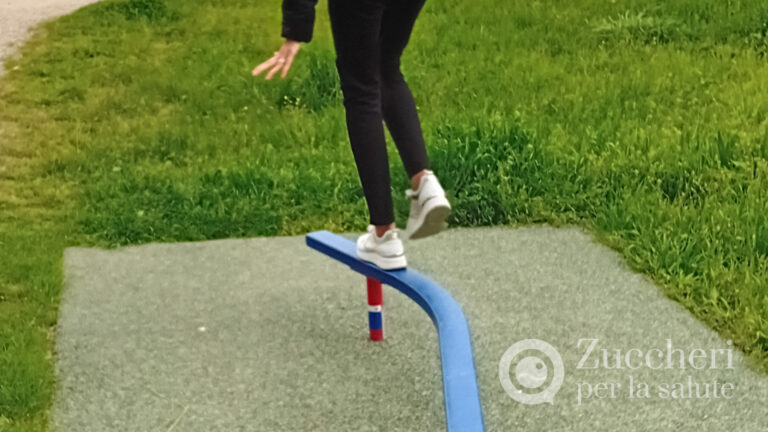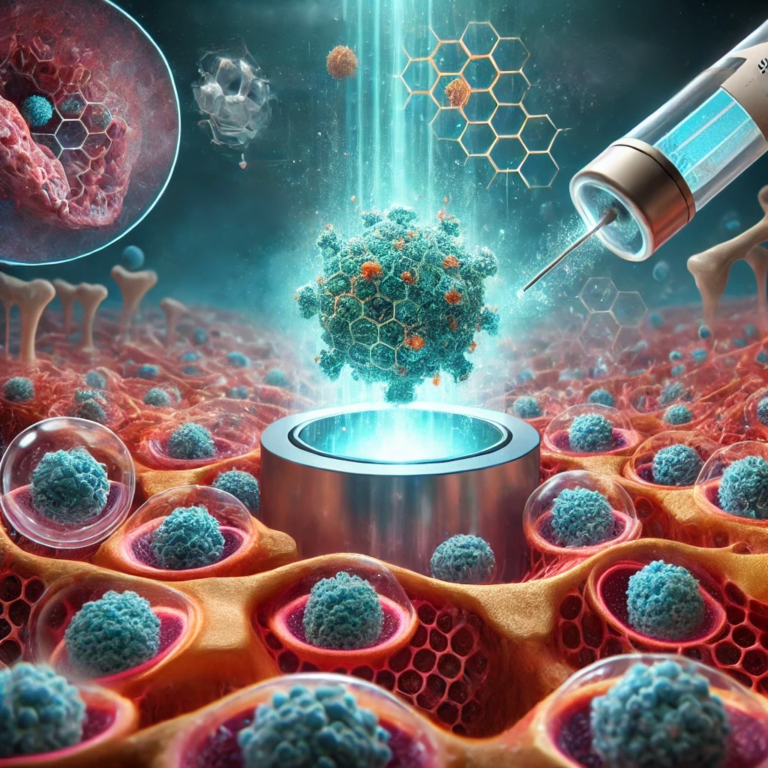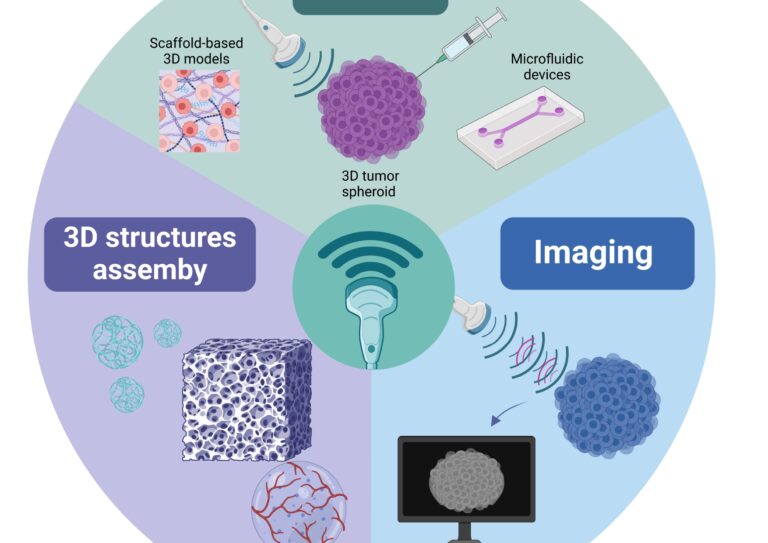-
2Se mentre passeggiamo in un parco, proviamo a cimentarci con qualche attrezzo ginnico, potrebbe capitare che uno di questi sia…Spunti potenzialmente utili senza AI (AI free)29 Settembre 2024
-
2The race of research to obtain new therapeutic paths in Medicine, especially for tumor diseases, sometimes takes on a spasmodic…English Version25 Agosto 2024
-
2La corsa della ricerca per ottenere nuovi percorsi terapeutici in Medicina, soprattutto per le malattie tumorali, talora assume un ritmo…Prospettive future14 Agosto 2024
-
3Gli Ultrasuoni (US) sono onde pressorie acustiche che non sono percepite dall’orecchio umano e si diffondono nei tessuti che compongono…Prospettive future8 Agosto 2024
-
4Le terapie antitumorali a volte producono effetti avversi significativi sugli occhi [1,2], che possono danneggiare la vista del paziente a…Terapie e metodiche di cura4 Luglio 2024
English Version
AKANTIOR THERAPY FOR AMOEBA KERATITIS
Until now, there has been no truly effective approved therapy for this pathological condition. On 30 5 2024, the Committee for Medicinal Products for Human Use (CHMP) of the European Medicines Agency (EMA) issued a favourable opinion for granting a marketing authorisation for the orphan drug ‘Akantior’ for the treatment of Acanthamoeba keratitis, a serious, […]
Until now, there has been no truly effective approved therapy for this pathological condition.
On 30 5 2024, the Committee for Medicinal Products for Human Use (CHMP) of the European Medicines Agency (EMA) issued a favourable opinion for granting a marketing authorisation for the orphan drug ‘Akantior’ for the treatment of Acanthamoeba keratitis, a serious, progressive and eyesight-threatening infection of the cornea. characterized by severe pain, hyperemia, vision loss, and photophobia. This condition occurs more frequently in contact lens wearers and can lead to blindness.
Acanthamoeba are microorganisms, they are not bacteria but protozoa: they live in many different places such as air, soil and aquatic environments from which they can access contact lens solutions and contact lenses.
In fact, tap water used to clean lenses is a common source of such infection. Acanthamoeba could be found on the lens or in cleaning solutions. If lenses are left in the eyes for long periods of time, these amoebas can multiply and cause damage to the cornea (infiltrates and ulcers). AKANTIOR® (polyhexanide) is an investigational anti-amoebic polymer that has been granted orphan drug designation by both the European Medicines Agency (“EMA”) and the Food and Drug Administration (“FDA”) for Amoeba keratitis. It acts on both trophozoites and cysts of the protozoan Acanthamoeba. It is formulated with a unique high dosage of 0.8 mg/ml which makes it possible to administer it as monotherapy eye drops in single-dose containers. Polyhexanide was developed by the Italian company SIFI and is also valid for the treatment of fungal keratitis, for which it also has orphan drug designation by the FDA.
Akantior is indicated for the treatment of Acanthamoeba keratitis in adults and children from 12 years of age, it should be prescribed by doctors experienced in the diagnosis and treatment of Acanthamoeba keratitis .
Preventive actions
I would therefore like to express my observation about the fact that I have found some challenging cases of corneal infections, the cause of which has probably been linked to accidental environmental exposures with the risk of contamination by microorganisms.
The occasions of this modality are frequent: e.g. when riding a bicycle dust and aerosols, especially after the transit of vehicles transporting polluted goods or waste; or when working in domestic environments such as cellars or dusty attics, etc.
My advice is to wear safety goggles, suitable according to the activity carried out.
REFERENCES:
https://www.ema.europa.eu/en/medicines/human/EPAR/akantior#overview
Petrillo F, Tortori A, Vallino V, Galdiero M, Fea AM, De Sanctis U, Reibaldi M. Understanding Acanthamoeba Keratitis: An In-Depth Review of a Sight-Threatening Eye Infection. Microorganisms. 2024 Apr 9;12(4):758. doi: 10.3390/microorganisms12040758. PMID: 38674702; PMCID: PMC11052265.




